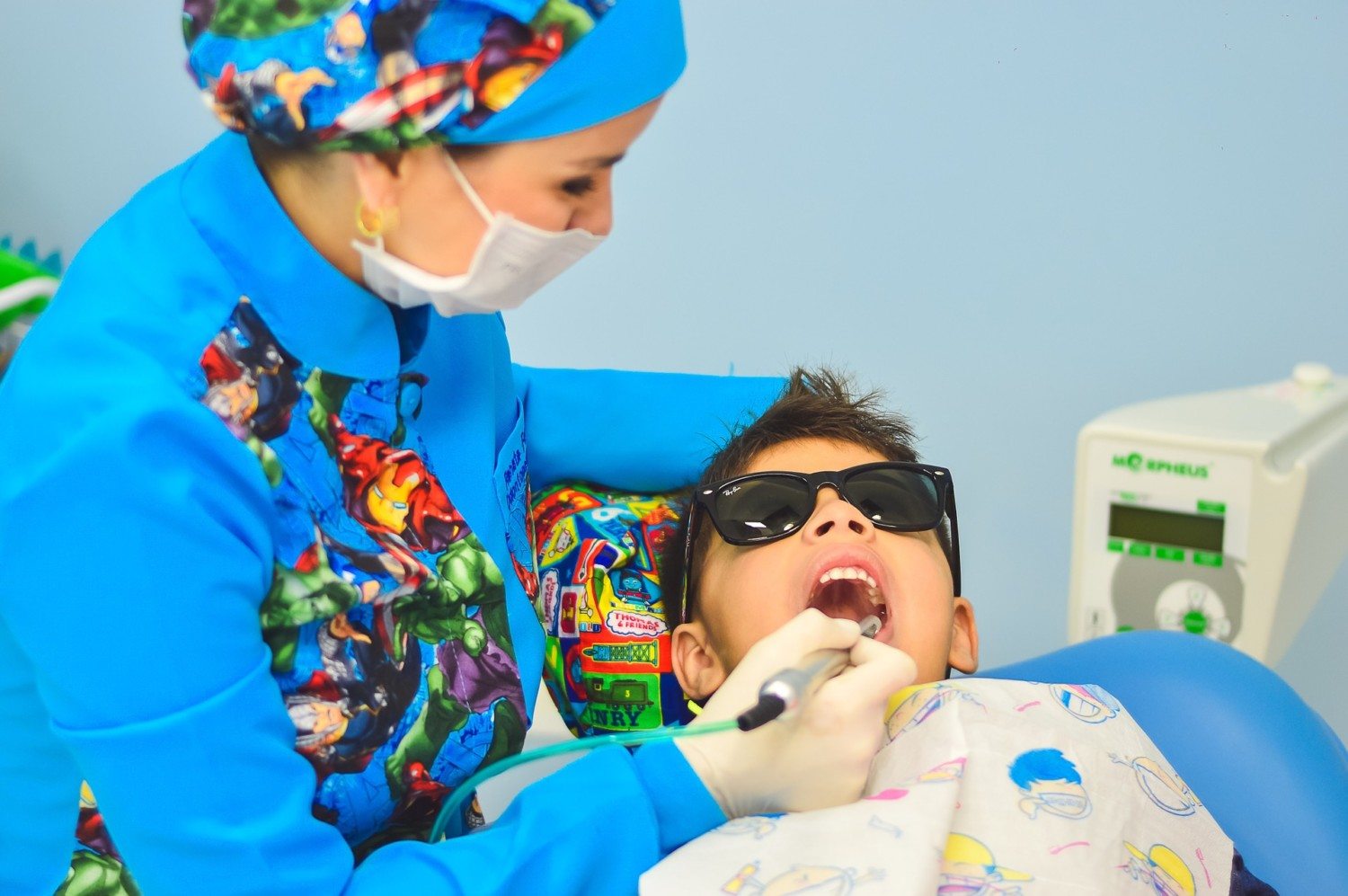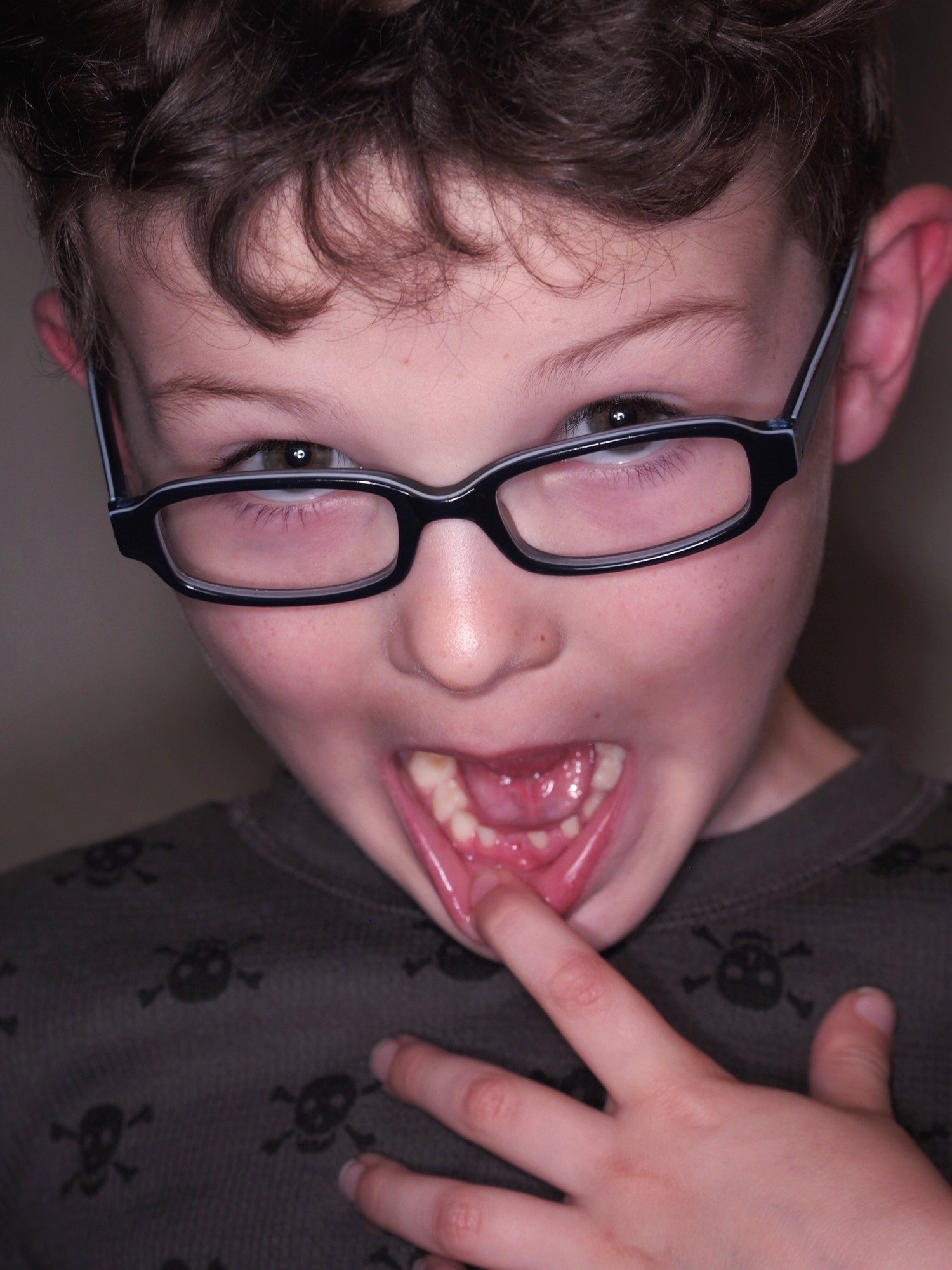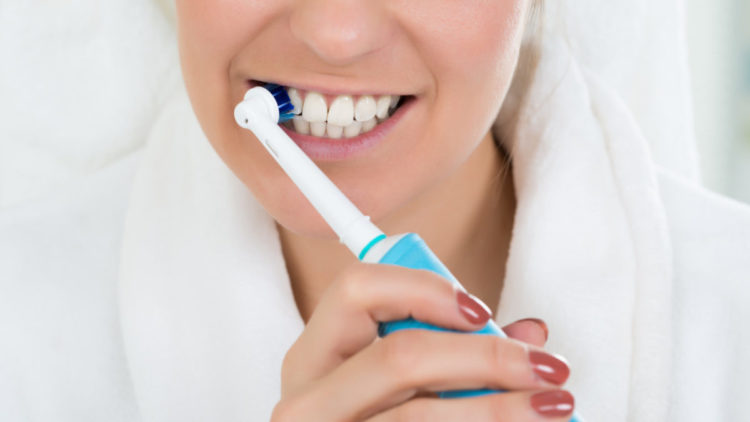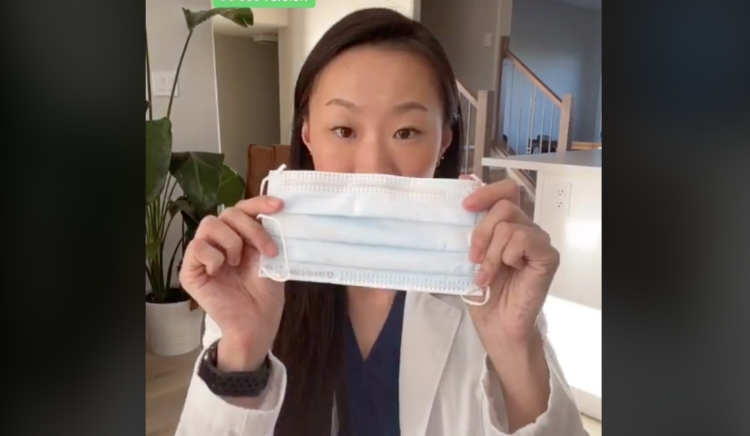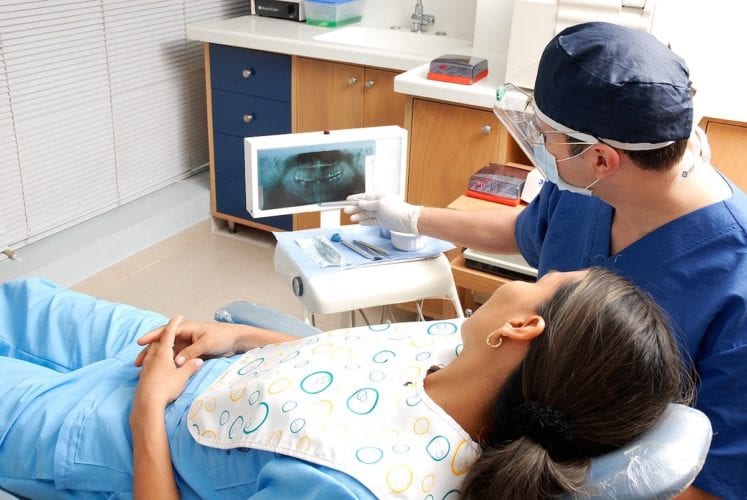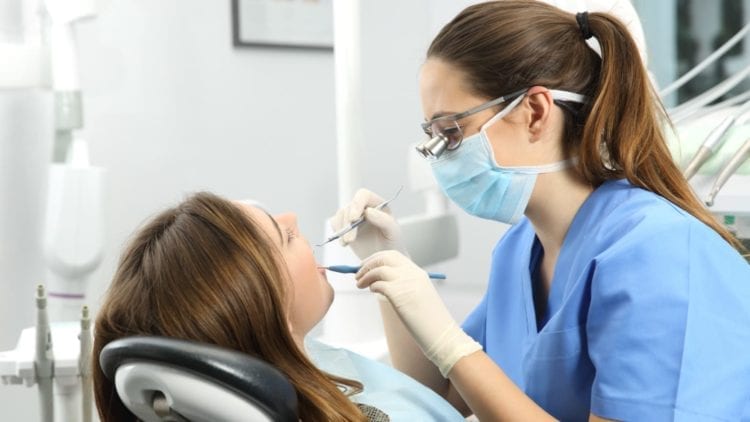Should children be sedated for dental procedures?
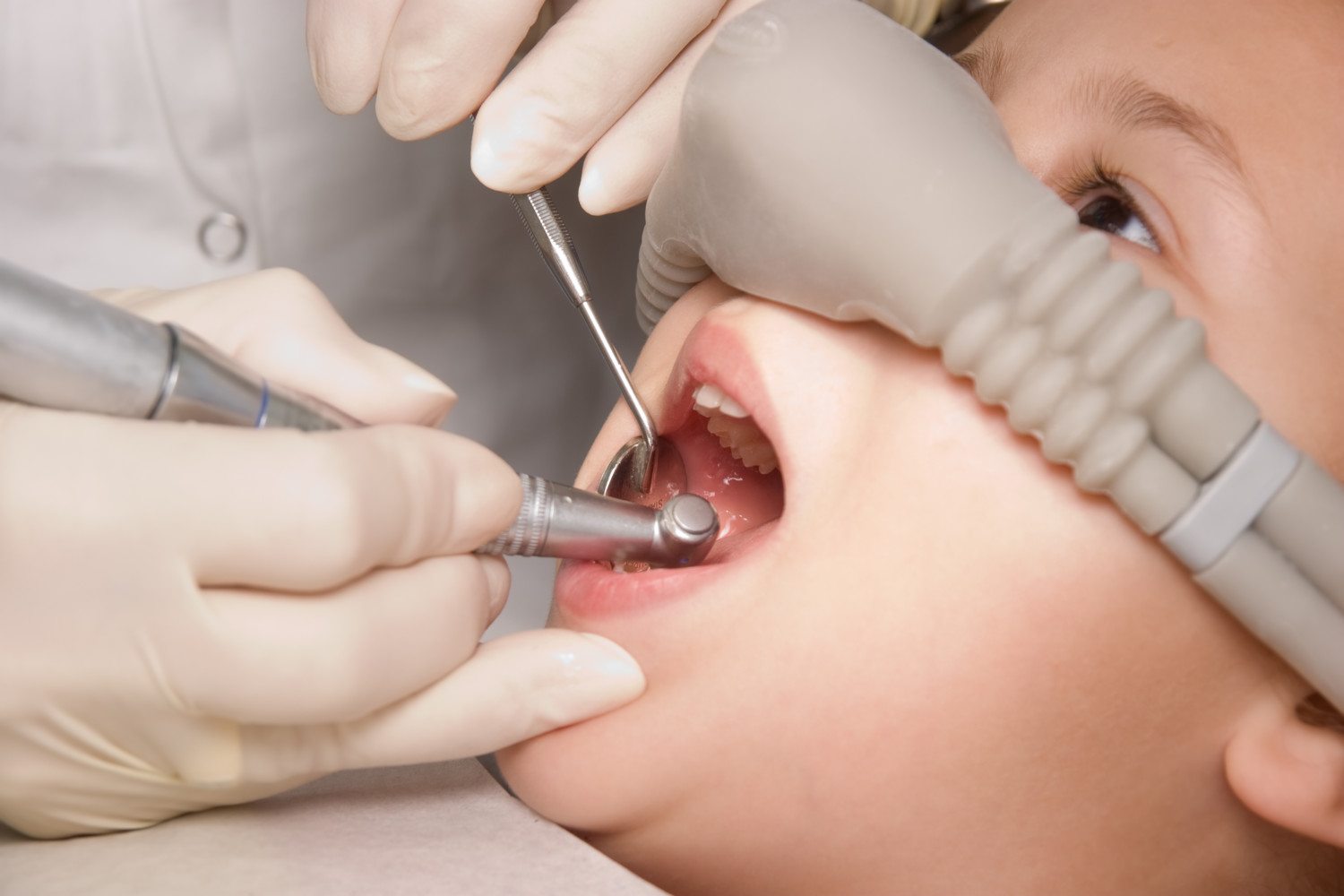
The American Academy of Pediatric Dentistry recommends that children as young as 6 months begin receiving dental exams every 6 to 12 months. While you want to provide the best health care and prevention possible for your child, you might be concerned about the risks associated with dental treatments, especially for young kids.
The idea of your little one having a cavity filled, a tooth extracted or another dental procedure that could call for some form of sedation can be particularly frightening—especially since there have been multiple reports of children dying while sedated for seemingly routine treatments.
If your child has a painful or potentially damaging dental issue, you want to provide the necessary care. However, ensuring your little one’s safety is your top priority. Learning about risk factors of, best practices for and possible alternatives to sedation can help you make the best decision for your kids.
Common Sedation Methods
The primary methods of pediatric dental sedation include:
- Nitrous oxide, also known as laughing gas, which is given through a mask to relax patients.
- Oral sedation, which is given via a pill, liquid or tablet. This type of sedation often makes children drowsy.
- General anesthesia, which causes children to fall into a deep sleep. This type of sedation carries the greatest risk.
Risk Factors To Consider
The risk varies based on the type of sedation used. With minimal sedation, such as nitrous oxide, the patient is usually able to respond to verbal commands and it does not affect airway reflexes or ventilatory or cardiovascular functions. There are more risks of adverse events occurring when moderate sedation, deep sedation and general anesthesia are used—particularly for younger children and those who have pre-existing medical conditions.
“Kids under 6 have a smaller airway that can easily be blocked,” pediatric dentist Dr. Jeremy Horst of the University of California, San Francisco, told the New York Times.
He went on to say that very young children “don’t have as much of an oxygen reserve in their blood as older children or adults so their body can’t compensate for short lapses in oxygen.”
Children who are overweight or obese may have complications, as their bodies do not metabolize the drugs as quickly. In addition, children with developmental disabilities are three times more likely to experience oxygen deficiency compared with children without disabilities.
Research And Preparation
If your child’s dentist wants to use general anesthesia, ask questions about the reasons for this approach and the practice’s experience using this type of sedation. Don’t be afraid to address any doubts and concerns you may have. Choosing a hospital-based procedure may provide a level of safety not offered in a dentist’s office.
When emergencies develop during a child’s sedation, “regardless of whether it was (the result) of a piece of gauze that fell into the airway, a drug overdose, or a tooth that chipped and blocked the airway, the steps taken after the emergency happened is where there was a disconnect,” Nicole Cunha, executive director of the Raven Maria Blanco Foundation in Virginia Beach, told USA Today.
The American Academy of Pediatrics and the American Academy of Pediatric Dentistry recommend that when a child is deeply sedated, there should be a specific person responsible for constantly observing the patient’s vital signs, airway and ventilation. This person should be capable of assisting with any emergencies, as well.
In hospital-based settings, this person is a nurse, mid-level provider or another physician. Depending on state regulations, the person monitoring a sedated patient is often a dental assistant with only minimal training—which is when problems can arise.
You can also seek a second opinion if you are concerned about the amount of treatment or procedures your dentist recommends.
Preparing For Dental Sedation
If you do opt for sedation, be sure to follow all of the instructions prior to your child’s appointment. Some common guidelines include the following.
- Restrict foods for eight hours and liquids for two hours before the appointment to reduce the risk of vomiting and aspirating.
- Dress your child in comfortable clothing to assist in the placement of monitors to ensure your child’s safety.
- Notify the dentist’s office if your child becomes ill just before the appointment.
- Inform the dentist of any medications or supplements your child is taking as well as any allergies to medications.
Alternatives To Sedation
Confirming that sedating your child is absolutely necessary should be your first concern.
“Sedation is above and beyond routine dentistry,” Dr. Paul Casamassimo, the chief policy officer for the American Academy of Pediatric Dentistry’s research center told the The New York Times.
If you do not feel confident or comfortable allowing your child to be sedated, there are other options. Seek out a dentist who uses alternative methods such as silver diamine fluoride, a reportedly painless alternative to treat dental problems including hypersensitivity, tooth decay and cavities. Other seemingly simple alternatives to sedation may work, as well.
“There are other options that can work,” Dr. Jim Nickman, president of the American Academy of Pediatric Dentistry told TODAY, “for example having the parent hold the child in a blanket to keep him still — like you’d do in the emergency room if the child required stitches.”
Experts from the Stanford University Medical Center Department of Anesthesia recommend discussing the risks and benefits with your child’s dentist. In addition, inquire whether your child can wait for the procedure until he or she is a bit older, and ask about alternative options in order to make the best decision when considering anesthesia for your child.


